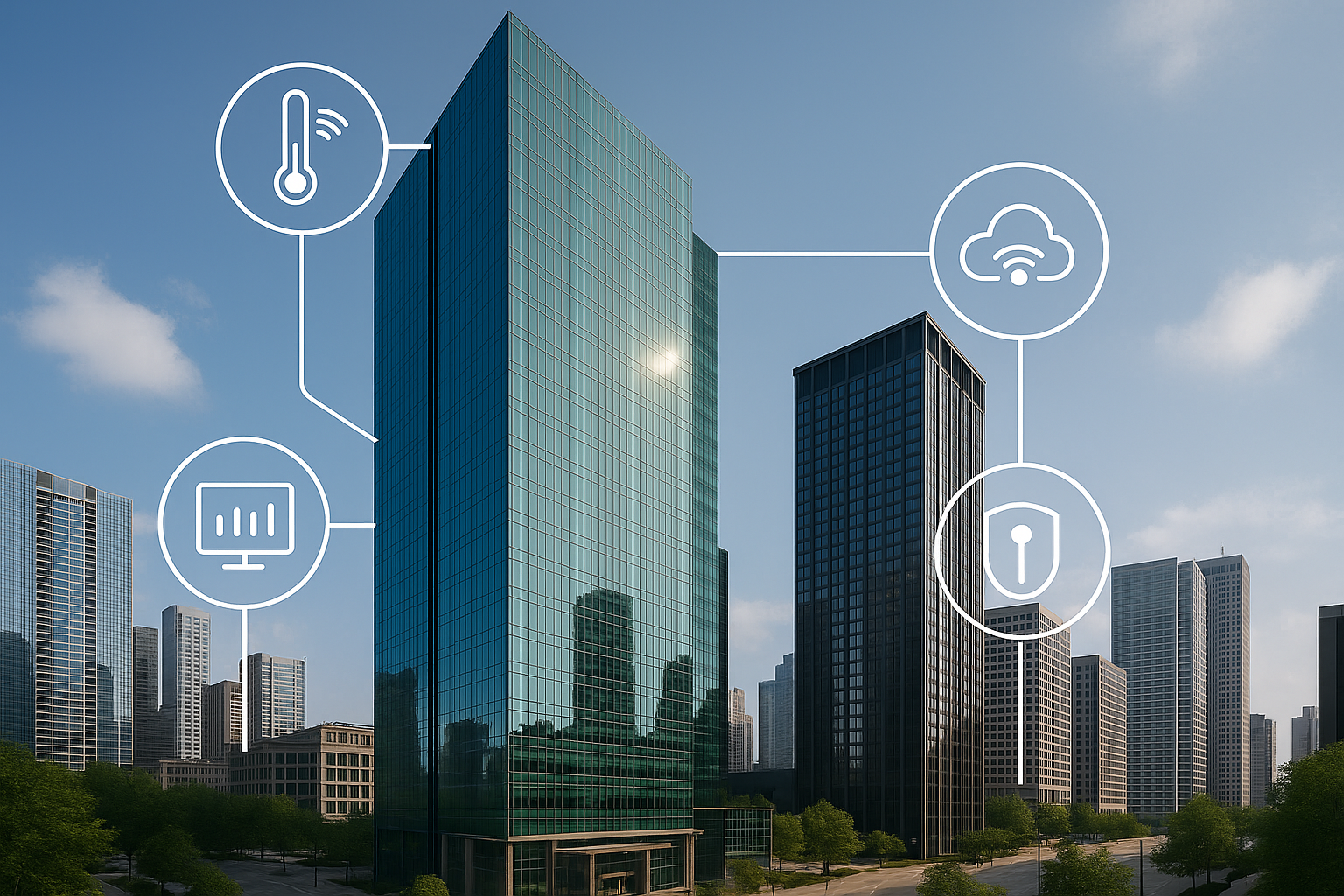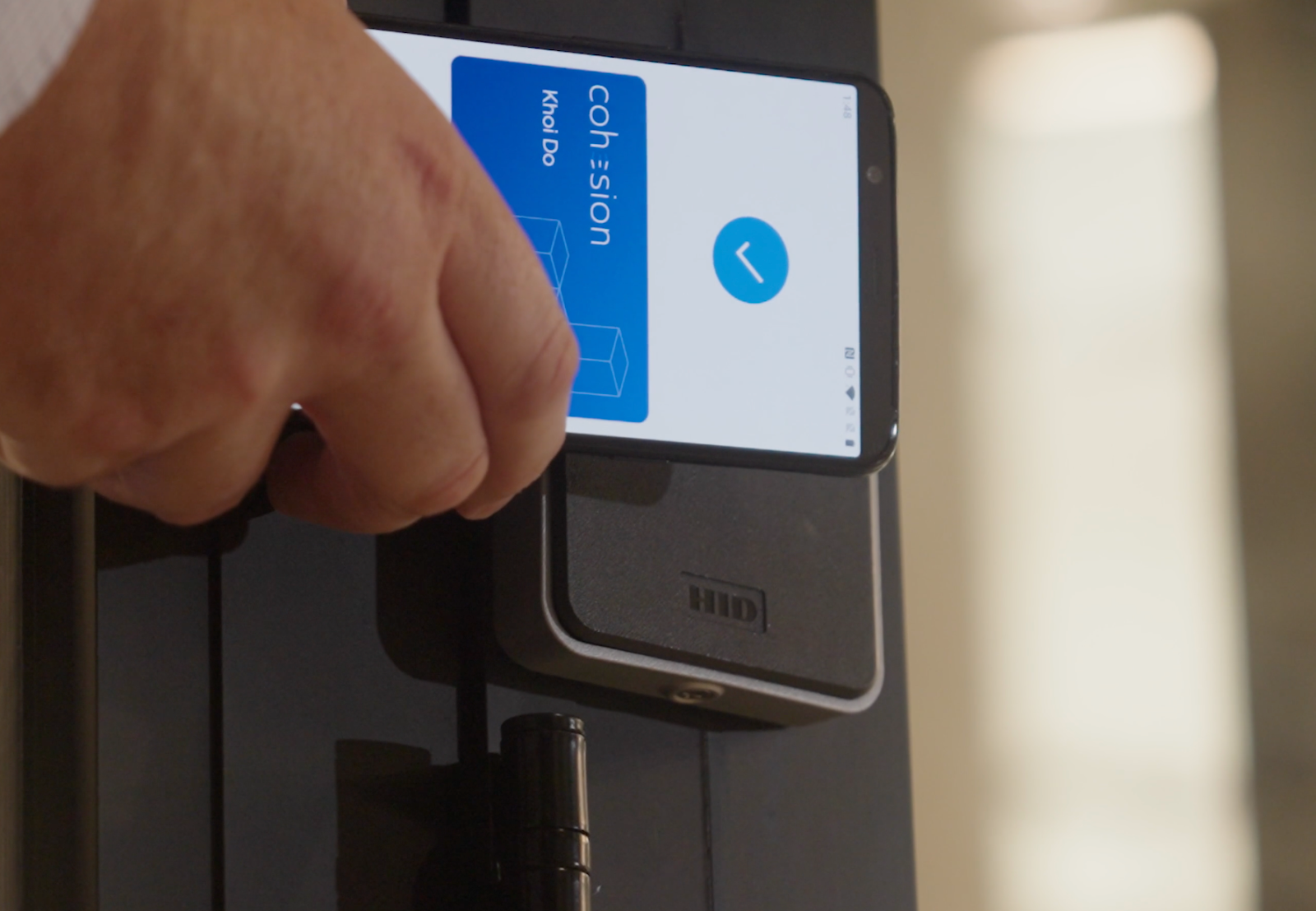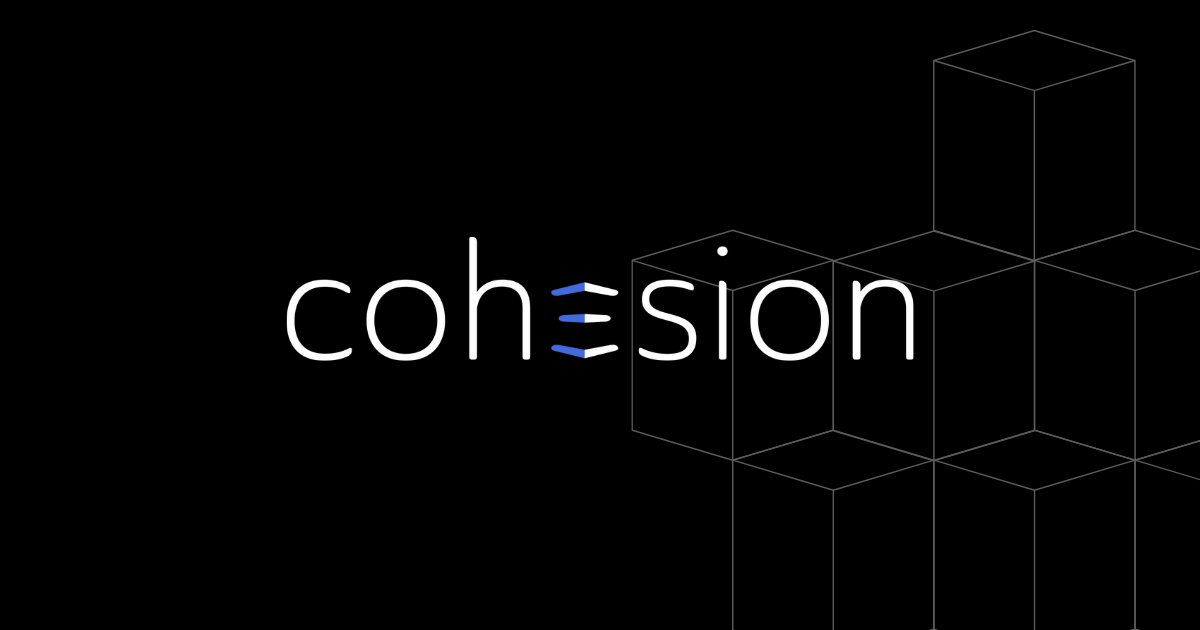Imagine a commercial building that doesn't just house its occupants but actively anticipates their needs. It adjusts the lighting and temperature for an incoming meeting, alerts maintenance about a potential equipment failure before it happens, and continuously optimizes its energy consumption in real-time. This is not a distant vision; it's the near future of real estate, driven by the rapid evolution of the Internet of Things (IoT). The future of IoT in smart buildings is about creating environments that are more responsive, efficient, and connected than ever before.
This article explores the emerging technologies and critical trends defining the next generation of intelligent architecture. We will examine how advancements in artificial intelligence, edge computing, and 5G are moving buildings from automated structures to truly autonomous ecosystems. For property owners, facility managers, and enterprise leaders, understanding these shifts is essential for preparing portfolios for a more resilient and data-driven future.
Table of Contents
What is a Smart Building? A Quick Refresher- The Next Wave: Technologies Shaping Smart Buildings
- Artificial Intelligence (AI): The Brain of the Building
- Edge Computing: Intelligence at the Source
- Digital Twins: The Virtual Blueprint
- 5G Connectivity: The Superhighway for IoT Data
- Top 5 Future Smart Building Trends
- The Benefits of Tomorrow's Smart Buildings
- Challenges on the Horizon
- Building the Future, Today
- Frequently Asked Questions

What is a Smart Building? A Quick Refresher
A smart building is a structure that uses a network of IoT devices and integrated systems to collect data and manage assets and resources automatically. This network acts as the building's central nervous system, connecting core functions like HVAC, lighting, access control, and security.
The goal is to move beyond siloed, reactive management to a holistic, proactive approach. By unifying these systems, smart buildings improve operational efficiency, increase occupant comfort, and reduce environmental impact. The global IoT in Smart Buildings market reflects this growing importance, with projections to reach $4.5 billion by 2033 (Smart Buildings Magazine).
The Next Wave: Technologies Shaping Smart Buildings
While current smart buildings have made great strides, a convergence of new technologies is set to unlock unprecedented capabilities. The future of IoT in smart buildings will be defined not just by connecting devices, but by making those connections more intelligent and instantaneous.
Artificial Intelligence (AI): The Brain of the Building
AI and machine learning are the primary catalysts transforming building management from reactive to predictive. Instead of just following pre-programmed rules, AI algorithms learn from historical and real-time data to make autonomous decisions.
- Predictive Maintenance: AI analyzes data from HVAC units, elevators, and other critical equipment to predict failures before they occur. This allows for scheduled, non-disruptive maintenance, reducing downtime and operational costs.
- Energy Optimization: AI constantly adjusts lighting, heating, and cooling based on occupancy patterns, weather forecasts, and utility grid demands, significantly cutting energy waste.
- Personalized Experiences: AI-driven systems learn the preferences of individual occupants, automatically adjusting their workspace environment for optimal comfort and productivity. This is a core component of a modern occupant experience platform.
Edge Computing: Intelligence at the Source
Edge computing processes data locally, near the IoT device where it is generated, rather than sending it to a centralized cloud for analysis. This shift is critical for applications that require immediate action.
For smart buildings, this means faster response times for security and life safety systems. An edge-enabled camera can analyze video feeds in milliseconds to detect an unauthorized person, triggering an alert without the delay of a round trip to the cloud. This reduction in latency is vital for advanced building automation and secure smart access control solutions.
Digital Twins: The Virtual Blueprint
A digital twin is a dynamic, virtual replica of a physical building, including its systems, processes, and even occupant interactions. It is continuously updated with real-time data from IoT sensors, creating a living model that mirrors the building's current state.
Building owners and operators can use digital twins to:
- Simulate the impact of system changes before implementation.
- Test emergency response scenarios in a risk-free environment.
- Visualize space utilization and energy consumption to identify optimization opportunities.
- Plan for future renovations or retrofits with greater accuracy.
This technology represents a monumental step forward in lifecycle asset management and strategic planning. You can learn more from our smart building advisory services.
5G Connectivity: The Superhighway for IoT Data
As the number of connected devices explodes—expected to reach 4.12 billion in commercial smart buildings by 2030 (SecurityInfoWatch)—the network infrastructure must keep pace. 5G technology provides the high bandwidth and ultra-low latency needed to support this massive IoT ecosystem.
5G enables reliable, real-time data streaming from thousands of sensors simultaneously, supporting everything from high-definition security video to complex, data-heavy digital twin models. This robust connectivity is the foundation upon which the next generation of smart building technology will be built.

Top 5 Future Smart Building Trends
- Hyper-Personalization: Buildings will go beyond one-size-fits-all settings, adapting lighting, temperature, and even ambient noise to individual user profiles accessed via a mobile application.
- Autonomous Operations: Buildings will increasingly manage themselves, handling routine tasks like energy balancing, predictive maintenance scheduling, and resource allocation with minimal human intervention.
- Sustainability at the Core: With buildings accounting for about 30% of global energy consumption (Autodesk), future designs will use IoT and AI to push toward net-zero energy goals through active performance management.
- Integration with Smart Cities: Smart buildings will become active participants in the wider urban grid, communicating with public transit, utility networks, and emergency services to improve city-wide efficiency and resilience.
- Data-Driven Design: Insights from existing smart buildings, captured through AI-powered real estate analytics, will inform the architectural design and construction of new properties, creating a continuous feedback loop of improvement.
The Benefits of Tomorrow's Smart Buildings
Adopting these future-forward smart building trends translates into tangible value for owners, operators, and occupants.
- Improved Operational Efficiency: Smart HVAC and lighting systems alone can produce energy savings of up to 35-40% (Smart Buildings Magazine, Pride Industries). Autonomous maintenance further reduces operational expenditures.
- Superior Occupant Well-being: Healthy, responsive environments directly contribute to higher productivity, satisfaction, and talent retention.
- Increased Asset Value: Tech-enabled, sustainable buildings are more attractive to tenants and investors, commanding higher rents and valuations.
- Greater Resilience: The ability to adapt to changing conditions—from occupancy fluctuations to grid emergencies—makes smart buildings more durable and future-proof assets.
Challenges on the Horizon
The path to this intelligent future is not without its hurdles. Key considerations include:
- Cybersecurity: Protecting a network of thousands of IoT devices from cyber threats is paramount.
- Interoperability: Ensuring that devices and platforms from different manufacturers can communicate seamlessly is a persistent industry challenge.
- Retrofitting Costs: Upgrading legacy systems in older buildings requires significant capital investment and careful planning. Our experts can help guide you through our approach to data innovation.
Building the Future, Today
The future of IoT in smart buildings is a convergence of intelligence, connectivity, and experience. By integrating people, places, and the planet, these technologies create environments that are not only efficient and sustainable but also truly desirable places to be. The buildings of tomorrow will be defined by their ability to learn, adapt, and serve their occupants in ways we are just beginning to imagine.
For organizations ready to prepare their portfolios for this new era, the journey starts with a clear strategy.
Request our whitepaper, The Blueprint for the Smart Building of 2030, to get a detailed roadmap for your digital transformation. Or, see how our AI-driven IoT analytics solutions are putting these principles into practice today.

Frequently Asked Questions
What is the main goal of a smart building?
The primary goal of a smart building is to improve operational efficiency, reduce energy consumption, and create a safer, more productive, and more comfortable environment for occupants. It achieves this by using IoT technology to connect and automate building systems like HVAC, lighting, and security.
What are the key technologies in smart buildings?
The core technologies include the Internet of Things (IoT) sensors, building management systems (BMS), and connectivity protocols. Emerging technologies shaping the future are Artificial Intelligence (AI) for predictive analytics, edge computing for real-time processing, digital twins for simulation, and 5G for high-speed connectivity.
How does IoT improve sustainability in buildings?
IoT helps improve sustainability by providing real-time data on energy and water usage. This data allows AI-powered systems to dynamically adjust lighting, heating, and cooling to match occupancy, reducing waste. For example, smart buildings can cut total electricity consumption by 10-20% (Dexma), directly lowering a building's carbon footprint.





























